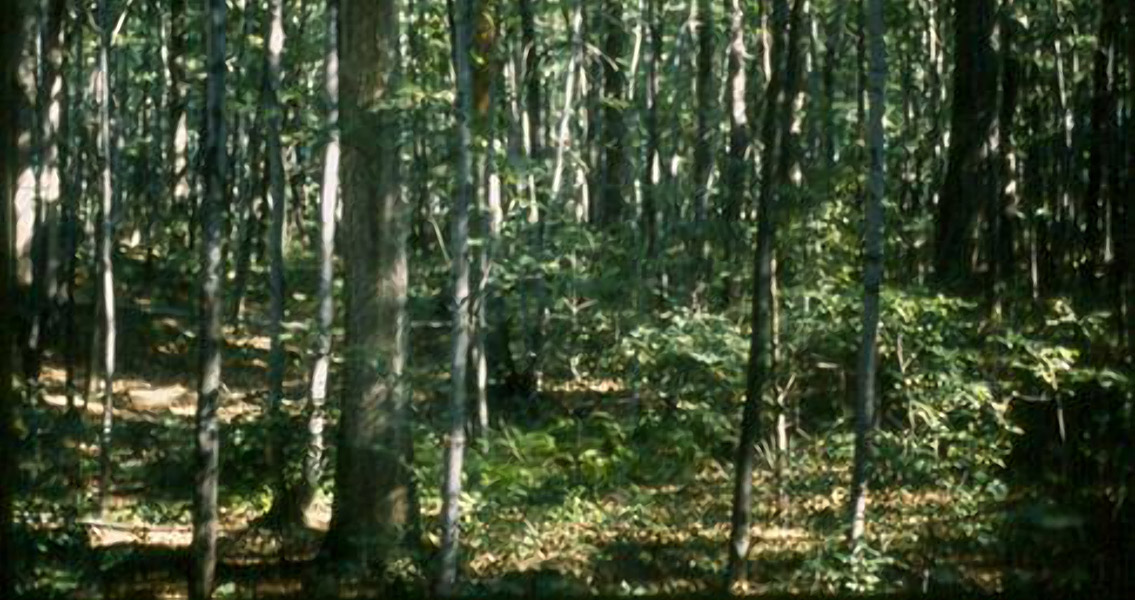<![CDATA[A researcher from Penn State University says that the forests in the eastern United States have undergone a metamorphosis over time that has left them much the worse for wear. According to forest ecology and physiology professor Marc Abrams, forests in the region are much less tolerant of fire and much more sensitive to drought today than they were just a century or so in the past. Over the thousands of years of its evolution, the majority of forestland in the eastern US relied on frequent fires to help its evolutionary process, as these intermittent events helped create ecosystems that were populated by tree species much more resilient than those that exist today. Abrams says that human interference with these forests has led to the demise of these once-hardy regions, replacing them with the kinds of trees that are much less-equipped to weather the inferno. In a press release from the university, Abrams says that before the 1930s these forests were populated primarily with species such as pine, hickory and oak. These fire-adapted, drought-resistant trees have seen their numbers dwindle as hemlock, birch, maple and similar species take their place – and the change is happening in ways that haven’t been seen for thousands of years. The scientist claims that the change to eastern forests can be traced to major changes in land-use history and disturbance regimes. Combined with a warming climate that is theorized to bring more severe and frequent droughts, Abrams says the implications are both clear and very serious. Rapid industrialization kicked off the trend around 140 years in the past, with Abrams pointing out that forests began to be clear-cut during the late eighteenth century. Catastrophic fires finished the job, but as these forests began to replenish themselves, the 1940s-era fire suppression initiative, as represented by the friendly Smokey the Bear character, actually made things worse, the ecology professor asserts. The resulting forests that regrew over the 70-odd years since are largely composed of much fewer fire-adapted trees. With advancements in firefighting technologies and techniques largely suppressing any fires that did break out, thus reducing the chance for any adaptation within these ecosystems, Adams says that the vulnerability to drought in these regions has increased dramatically as a consequence. Calling it an issue that “is on the radar screen” of forestry experts, the scientist says that this loss of fire is something that needs to be reversed thanks to the over protection of recent decades, especially in light of the moderate to high levels of fire during the pre-colonial era up until the advent of the industrial age. Since the time of initial European settlement, the forests of the eastern US have been experiencing major changes in their composition, with shade-tolerant (and fire-sensitive) maple proliferating and an expansion of disturbance-oriented species such as oak and aspen into regions that were formerly the domain of conifers like larch, hemlock and pine. Much of this change is a result of harvesting wood for industry, clearing land for agriculture, and fire suppression efforts. While these changes have been anthropogenic, not influenced by climate change, the end result is that today’s forests are much more vulnerable to drought and other side effects of future changes in the Earth’s climate. The journal article, which was published in Tree Physiology, can be found online here]]>
Eastern US Forest Ecology Changes for Worse Over Time
